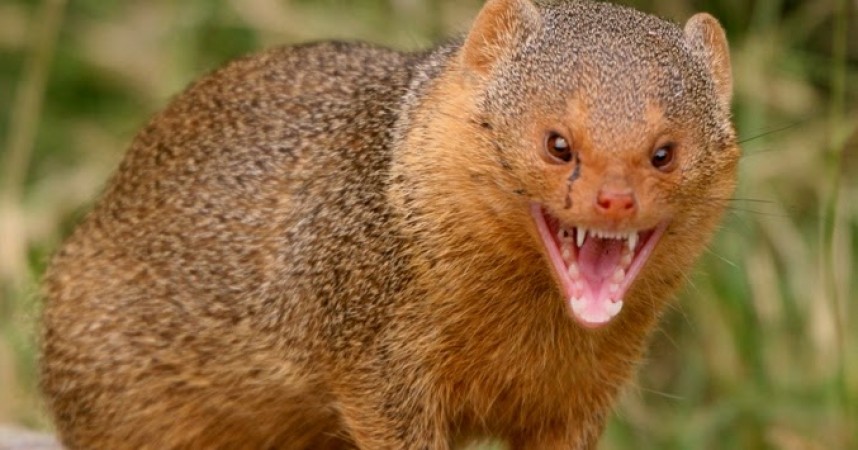
In a world teeming with diverse wildlife, some animals stand out as particularly hazardous to humans. From venomous predators to stealthy hunters, nature has its share of creatures that can pose serious threats to human safety. Let's delve into the fascinating realm of the most dangerous animals to humans and explore their unique characteristics, habitats, and interactions.
Unveiling the Top 15 Hazardous Animals
1. Box Jellyfish
With their nearly invisible tentacles and potent venom, box jellyfish are infamous for their painful stings.
2. Saltwater Crocodile
As one of the largest reptiles, saltwater crocs are apex predators, known for their strength and sudden attacks.
3. African Elephant
Surprising as it may seem, African elephants can turn dangerous if they feel threatened, exhibiting aggression.
4. Cape Buffalo
Known for their unpredictable behavior, cape buffalos can become aggressive and charge without warning.
5. Cone Snail
These small marine snails possess venomous harpoons, which they use to capture prey and deter predators.
6. African Lion
Lions, apex predators of the savanna, can be deadly if they perceive humans as potential prey or a threat.
7. Polar Bear
Inhabiting the Arctic, polar bears are powerful carnivores with a fierce reputation and a strong sense of territory.
8. Mosquito
The tiny mosquito might seem harmless, but it's responsible for transmitting deadly diseases like malaria and Zika.
9. Box Jellyfish
With their nearly invisible tentacles and potent venom, box jellyfish are infamous for their painful stings.
10. Saltwater Crocodile
As one of the largest reptiles, saltwater crocs are apex predators, known for their strength and sudden attacks.
11. African Elephant
Surprising as it may seem, African elephants can turn dangerous if they feel threatened, exhibiting aggression.
12. Cape Buffalo
Known for their unpredictable behavior, cape buffalos can become aggressive and charge without warning.
13. Cone Snail
These small marine snails possess venomous harpoons, which they use to capture prey and deter predators.
14. African Lion
Lions, apex predators of the savanna, can be deadly if they perceive humans as potential prey or a threat.
15. Polar Bear
Inhabiting the Arctic, polar bears are powerful carnivores with a fierce reputation and a strong sense of territory.
Exploring Their Danger: Habitats and Behaviors
These hazardous animals often inhabit distinct environments, adapted to their unique lifestyles and survival strategies:
Human Encounters and Safety Measures
Human interactions with these animals can be risky, but understanding their behaviors and habitats can help prevent confrontations:
Nature's hazardous animals remind us of the delicate balance between humans and the wild. While these creatures inspire awe, they also demand our respect and caution. By learning about their habits and taking necessary precautions, we can coexist with these magnificent yet potentially dangerous inhabitants of our planet.
A strongman in Belarus requests communication with Poland amid border tensions
How to Recognize a Healthy Relationship
Jumbo Block on Mumbai Local: Santacruz to Goregaon, 13th Aug